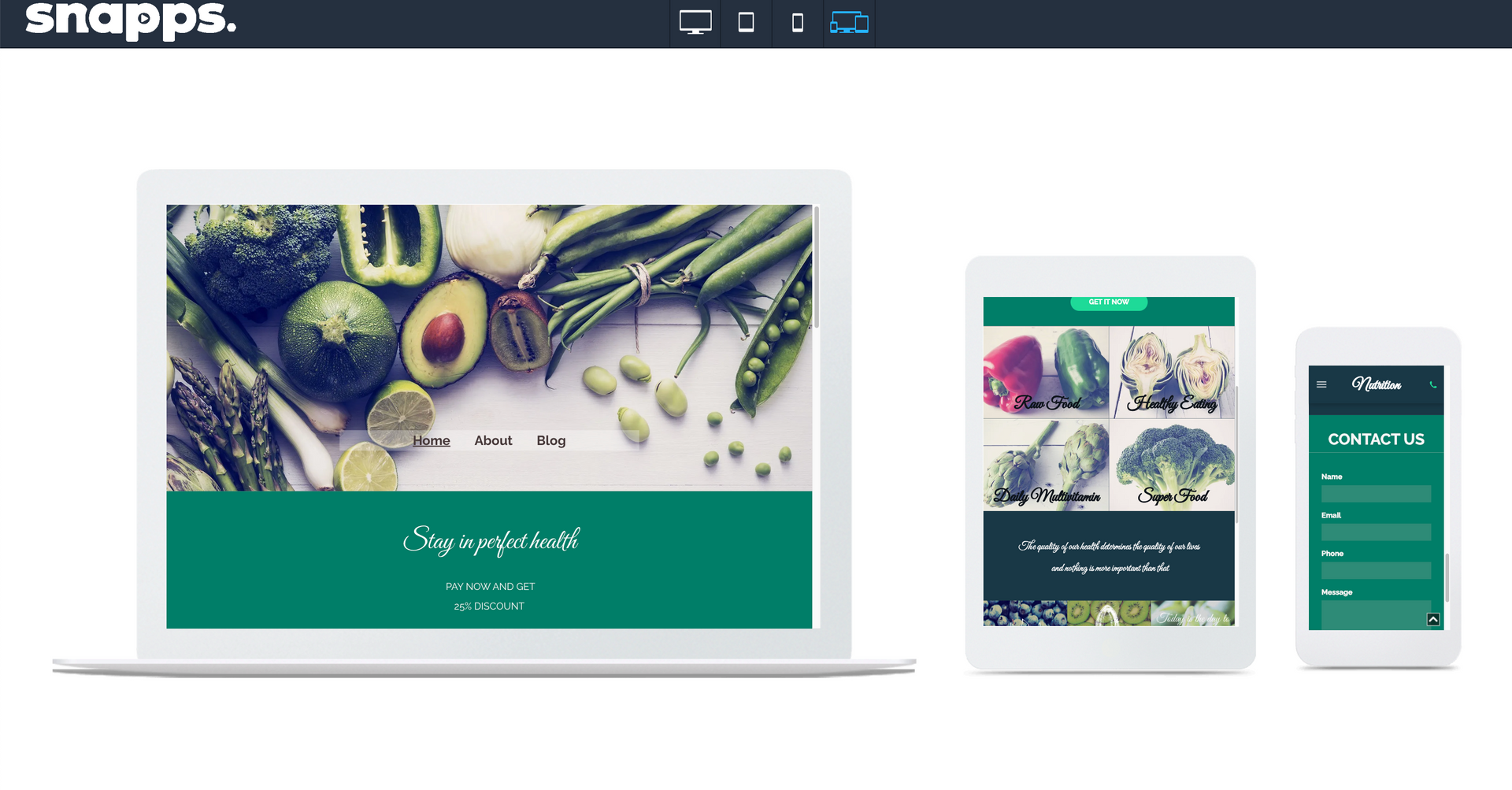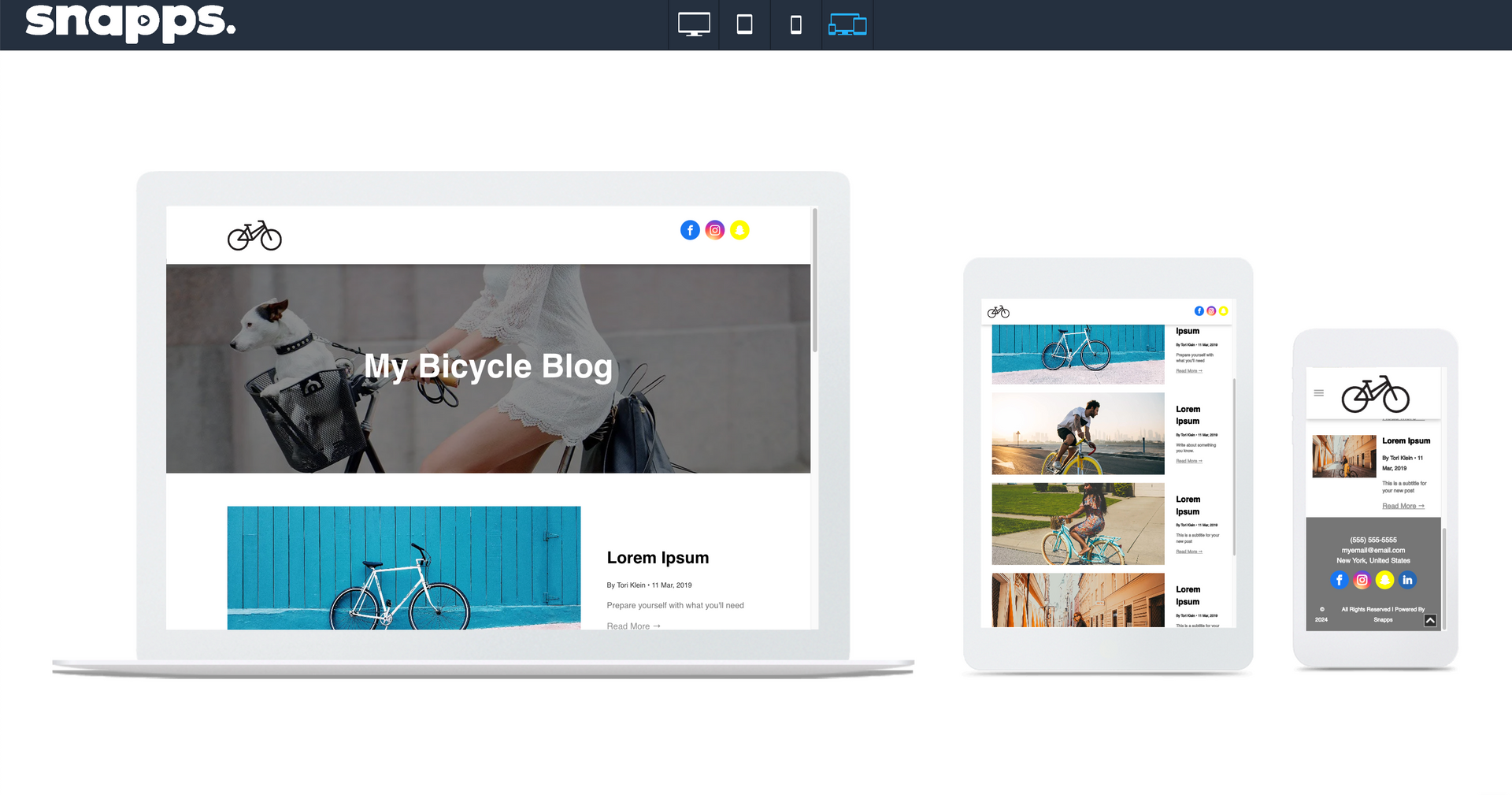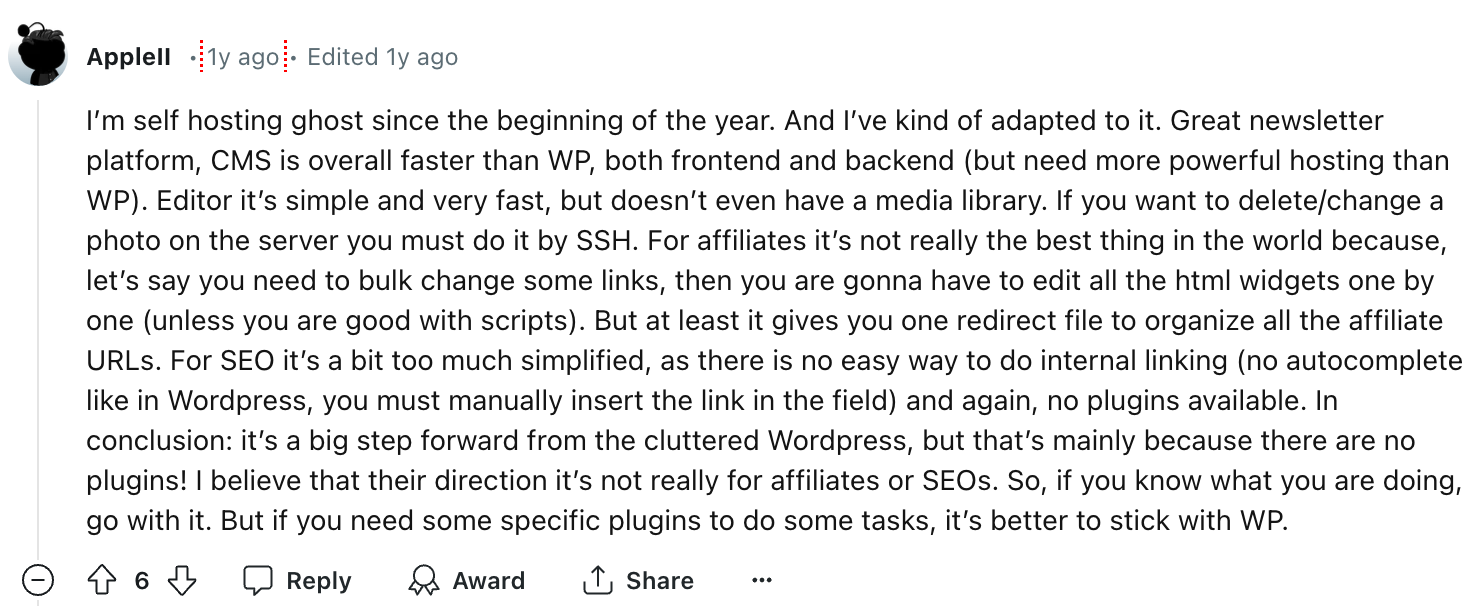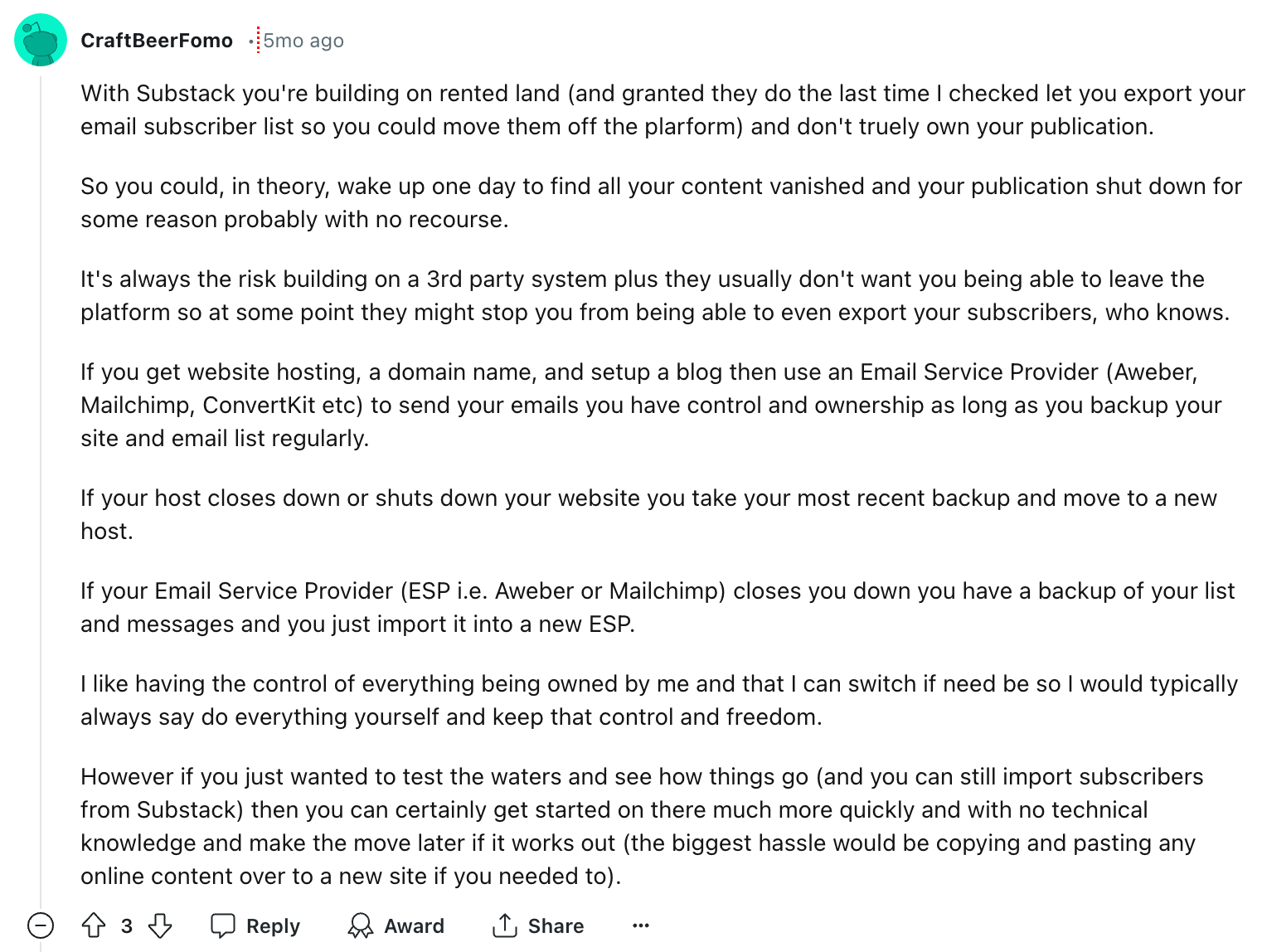Katie Grazer, a successful YouTuber, praised website builders for their efficiency and affordability. She mentioned that it can establish a professional, self-hosted blog quickly and affordably. With user-friendly templates, she could focus on valuable content and driving traffic. This setup helped her monetize and has led to over $10,000 a month in earnings.
Snapps courses are now available
The best website builders for blogging are:
- Snapps.ai
- WordPress.org
- Wix
- Squarespace
- Ghost
- Substack
- Medium
Finding the perfect website builder for your blogging needs can be challenging. With a lot of options and recommendations, you may feel overwhelmed. Some users find that creating a website is frustrating and time-consuming–especially building from scratch. If you don’t know where to start, your blogging platform may get worse.

It’s a good thing that there are easy-to-use website builders. They simplify the website and handle all the coding like CSS and JavaScript. This is a significant change for small business owners, web developers, and bloggers. A website builder can also save you time. You can focus on content creation and the other aspects of your business.

Also, builders come with built-in SEO tools, templates, and widgets. They simplify creating your own blog to uploading the content. Most of the builders have drag-and-drop features where you can customize easily. It is an accessible option for everyone, especially beginners.

Depending on your needs, most businesses benefit from a basic website using these platforms. You have everything you need without extra hassle. A study by Clutch found that 29% of small businesses with a website builder saw an increase in customer engagement within the first six months. So, the right website builder can affect your blog’s success.
In this article, we will explore each of these website builders in detail. We are going to highlight why these platforms are the best through their blogging features. We are also going to give two platforms that are mainly for content creation. By the end, we hope you can choose the best website builder for your blogging needs.
1. Snapps.ai: A Beginner-Friendly Builder
Snapps.ai is an emerging platform. It stands out because it is a website builder good for beginners. Trusted by over 100 companies, you can say that it’s easy to use. Its features include a drag-and-drop editor and are AI-driven. You can set up a blogging platform in no time. The designs and layout options are ready for you to maximize. You can create a blog that suits your personality with minimal effort.

There are over 200 templates that you can use for your blogging website. Three are specifically for your blogs. Snapps.ai provides rich templates and widgets that you can drag around. These widgets have pre-written code snippets so you can add features without coding.
If you’re into advanced features, you have access to HTML, CSS, and JavaScript. Also, Snapps.ai focuses so much on SEO. You don’t have to worry about ranking your blogs with this platform.
Snapps.ai manage your content by scheduling posts. You can also manage your drafts and incorporate visuals. A survey by Blogging Wizard found that 65% of bloggers who use content scheduling tools report higher productivity. You can also streamline that the publishing process is ready for search engines.
If you’re on a budget, Snapps.ai is a suitable platform. Its pricing plans are affordable and start at $8 for the Beta Pack. Its premium plans make it an excellent choice if you’re new to blogging. But, some premium features may be quite expensive. Limitations in customization may apply to experienced developers.

Blogging Tools on Snapps.ai
- AI Content Generator: Create engaging blog posts automatically with this tool.
- SEO Analysis Tool: Identify your blog’s SEO issues with this feature. It provides insights to improve your website performance.
- Keyword Research Tool: Shows you the ranking keywords to enhance your blogging strategies. This tool can drive organic traffic.
- Snapps Graphics: Provides tools to create visuals, logos, and graphics for blog posts.
- SnapMe: This simplifies your links. It shortens it, shares it, and tracks your links to optimize content distribution.
- Domain Research Tool: This feature analyzes your competitor’s backlinks and domain performances. You can use the data given by Snapps.ai to improve blog SEO.
Sample Snapps.ai Blog Templates

Slide title
Write your caption hereButton
Slide title
Write your caption hereButton
Slide title
Write your caption hereButton
2. WordPress.org: Advanced Blogging Platform
A self-hosted version of WordPress.com, WordPress.org is more preferred. This is because it allows you to have complete control over your website. WordPress.com is a hosted service, so you can’t be as flexible to customize your site as WordPress.org. But you may still have a hard time learning the features of WordPress.org. This platform is challenging at first, but community support is there to help.
What’s nice about WordPress is its customizable themes, plug-ins, and custom code. Some themes and popular builders are Elementor, Divi, and Beaver Builder. Elementor alone has over 5 million active installations. If you want to create any type of website, you can do a combination of a blog and an ecommerce site ranging from $3 to $30. This pricing depends on the blogging features your niche needs.
Blogging Tools on WordPress.org
- Advanced Editor (Gutenberg): Gutenberg allows you to create different website layouts.
- Categories and Tags: These tools keep you organized. They help structure your blog posts for better navigation.
- Custom Taxonomies: You can group your content in categories and tags.
- Plugins Repository: There are over 55,000 plugins available. You can create a more functional blogging site.
- User Roles and Permissions: WordPress.org comes with a system that lets you assign different access levels to your staff and other users.

ODi, a YouTuber, does not like WordPress.org at all. He thinks that it takes too much time and effort to build and maintain a website for this builder. Also, he dislikes the frequent updates of plugins, themes, and the software itself. He is afraid that it may lead to security issues. But, if you are a web developer, this platform may be for you.
3. Wix: A Professional and Versatile Builder
Wix is another popular website builder that’s user-friendly and versatile. It allows you to create blogs fast but is still professional. It comes with a free option where you can experience posting your blogs but comes with Wix ads. A premium plan starts at $16 per month, offering you more storage and features.

Like Snapps.ai, Wix has a drag-and-drop editor. You can be flexible in design as well because of the Wix ADI feature. This tool makes it even quicker to set up a blog. Yet, the downfall is that there are limitations to customization. The loading times as well are slower than other platforms. What makes Wix unique is its “Wix Blog App”. This mobile app allows you to manage your blogs any time at any device. With this tool, you can manage comments, publish posts, and more.

Publishing with Wix is straightforward. Wix gives you the option to schedule when to publish your posts. It also comes with a dashboard where you summarize your blog’s performance. While it may lack advanced features, it can still enhance user experience.
4. Squarespace: A Modern Website Builder
If you want a modern blog, Squarespace is the way to go. It caters to both beginners and web designers. Like the others, this platform has a lot of templates to personalize. According to Squarespace, there are over 100 designer templates available. You can adjust the color, fonts, and layout structures. For more precise styling, you can add custom CSS.
Squarespace’s interface allows easy creation. You can also organize your content with categories and tags for navigation. Plus, its built-in editor can support whatever your content is. You can include text, images, and videos to be more engaging. But, the builder is less flexible than the other platforms. It gives you less control on the backend.
Blogging Tools on Squarespace
- Rich Text Editor: Allows for easy formatting of text, images, and links within blog posts.
- Comment Moderation: Provides tools to manage and moderate reader comments.
- Pricing: Offers a 14-day free trial, with premium plans starting at $12 per month.
- Built-in Email Campaigns: Squarespace’s integrated email marketing tools can promote your blog content.

David Alex, a YouTuber, praises the platform for its user-friendly interface. It’s easy to edit and format blog posts as well as have strong SEO capabilities. The platform also provides tips so you can structure your content. It can also manage URLs and improve your search rankings.
5. Ghost: An Easy-to-learn and Simple Builder
An open-source content management system (CMS), Ghost, is for professional publishing. It provides a great experience for bloggers and publishers on speed and simplicity. There are over 2 million people who use Ghost for their blogs and publications. Ghost is ideal if your interest is building a subscription-based business. You can monetize your content through this model. A report by Ghost found that publishers saw a 30% increase in subscription revenue within a year.

Ghost offers both free and premium plans. The open-source verse is free to download and you can host it by yourself. A managed hosting starts at $9 per month depending on the features you need. The platform is clean and easy to use. It has an admin panel that is fast and responsive. But, the third party plugins and themes are fewer and are less customizable.

Blogging Tools on Ghost
- Clean Editor: Distraction-free writing environment for focused content creation.
- Custom Excerpts: Option to write custom excerpts for posts to improve SEO and social sharing.
- Tagging System: Organize content with tags for better navigation and SEO.
- Content Scheduling: Schedule posts at specific times.
- Collaborative Writing: Invite team members to collaborate on content creation.
- Post Access Control: Set access levels for posts (public, members-only, paid members).
6. Substack
Substack builds a dedicated audience for users. Founded in 2017, Substack is for journalists, writers, and content creators. It is a good way to monetize your content and connect with your readers. But, the platform takes 10% commission on paid subscriptions.
What’s best about Substack is its ease of use and clean interface. You do not need coding knowledge to start on this platform. It also focuses on building a direct relationship through emails and newsletters. But, it has limited customization, unlike the blogging builders above. You can still personalize the design through a few templates. You can also customize the header image and the color scheme of your brand.
The platform comes with an editor that makes it simple to write, format, and publish posts. If you’re publishing something in the future, you can also schedule your post. The emails you create on Substack allow you to reach the right subscribers for your content. Substack newsletters have an average open rate of 60%. This is higher than the industry average of 20-30%. Somehow, it does not use SEO and social media algorithms for organic traffic.

7. Medium: A Content-Creating Builder
Medium is another popular online publishing platform. It allows you to share stories, ideas, and expertise in your selected niche. The best thing about this platform is being community-driven. It emphasizes high-quality content and reader engagement, then earning based on it. This is the “Medium Partner Program”. You can earn money based on the time your readers spend on the articles you write.
But earnings can be inconsistent and lower compared to the other platforms. The Writing Cooperative found that the average Medium writer earns $50 to $100 per month. Yet, earnings can be inconsistent and lower compared to the other platforms.
Customization on Medium is quite limited compared to other blogging platforms. You can choose a few pre-designed templates. But for personalization, advanced designs, or custom CSS, this is not available. The platform only focuses on creating quality content but not the aesthetics. So, if you’re into sharing your thoughts and stories, this is the website for you. But if you want more design flexibility, choose from the other platforms in this article.

Artturi Jalli states how Medium is ideal for those who want to earn and have immediate feedback. This is for those new content creators. Its high domain authority helps writers rank on Google search results more. But the catch is, it’s not for long-term business growth. Artturi stated that you have no ownership of the content and cannot scale or sell your blogs. For consistent earnings, you need to keep publishing to produce income.
Comparison Table of the Best Website Builders for Blogs
| Website Builder | Strength | Weakness |
|---|---|---|
| Snapps.ai | Beginner-friendly with AI-driven features | Some premium features may be expensive for experienced developers |
| WordPress.org | Customizable with thousands of themes and plugins | Steep learning curve for beginners |
| Wix | User-friendly with drag-and-drop editor | Limited customization and slower loading times |
| Squarespace | Modern, sleek templates with easy customization | Less control on the backend |
| Ghost | Ideal for subscription-based business models | Fewer third-party plugins and themes |
| Substack | Focuses on email and newsletter-based engagement | Limited customization options |
| Medium | Community-driven platform with high reader engagement | Limited customization and no ownership of content |
Essential Strategies Needed for Starting a Blog in 2024
Starting a blog in 2024 requires fresh strategies based on the digital changes. Previous strategies may not be effective because of algorithm updates and AI-generated content. Here are new tactics when starting your blog in 2024 that elevates your blog despite changes:
- Algorithm Adaptation: Be in line with recent Google updates and AI content trends. This allows you to create more helpful content. It can also allow you to be more in-depth with your blogging website.
- Revenue Streams Exploration: Explore multiple revenue resources like affiliate marketing, consulting services, YouTube, and online courses. This allows you to ensure a steady income for your business.
- Personal Brand Building: Establishing a personal brand makes you more flexible. As you create content, focus on low-competition niches. This can help your website become more noticeable.
- Content Quality and SEO: A content with details and helpful content can optimize for SEO. With the proper keywords and updates, you can be relevant and maintain rankings.
How to Optimize Your Blog for SEO?
- Keyword Optimization: Do thorough keyword research. Identify what keywords have high traffic and those on your location. Use them on your titles, descriptions, and content to enhance visibility.
- Website Design Simplicity: Create a user-friendly website design. It also needs to work well on different devices. Simplify your layout and make it more accessible.
- Google Tools: Use Google tools like Google Business Profile, Google Web Core Vitals, and Google Ads. These tools improve your site’s performance.
- High-Quality Content Consistency: Be consistent in providing blog content. Make sure that it remains authoritative and informative to your audience’s needs. High-quality content can attract organic traffic.
- Establish Credibility: Encourage satisfied customers to leave comments after reading your blogs. Display them on your specific pages to build trust and credibility.
Aside from these strategies, being knowledgeable about the essential SEO tips can make your blogging site stay ahead of the competition. You can rank high on search engines and generate your leads.
Let’s Get You Writing with Snapps.ai!
Snapps.ai is the best website builder for blogging among all. Its features can cater to content creating or maintaining a successful blog. You can customize and personalize your blogs on the platform, which is also optimized for SEO. It has built-in features, plugins, and meta description options ready for search engines.
Aside from the blogging features, Snapps.ai allows you to boost your reach and engagement. This is through social media, email marketing, and analytics. With over 300 tools, your blog can stand out. You don’t have to worry so much about your budget. Snapps.ai contains affordable pricing plans. Even the lowest plan comes with premium features, so you can get the best return of investment.
Snapps.ai is your all-in-one solution to scale your online presence efficiently!
Recent Articles
Our Support Heroes Are Here For You
Don’t waste time on tedious manual tasks. Let Automation do it for you. Simplify workflows, reduce errors, and save time for solving more important problems.



